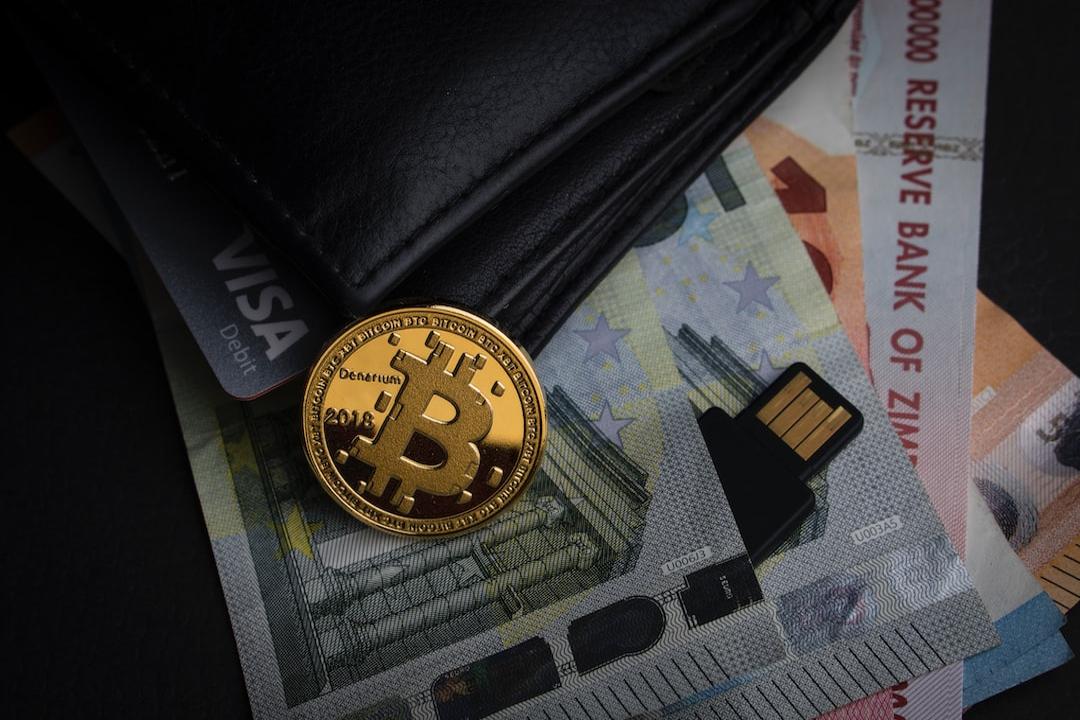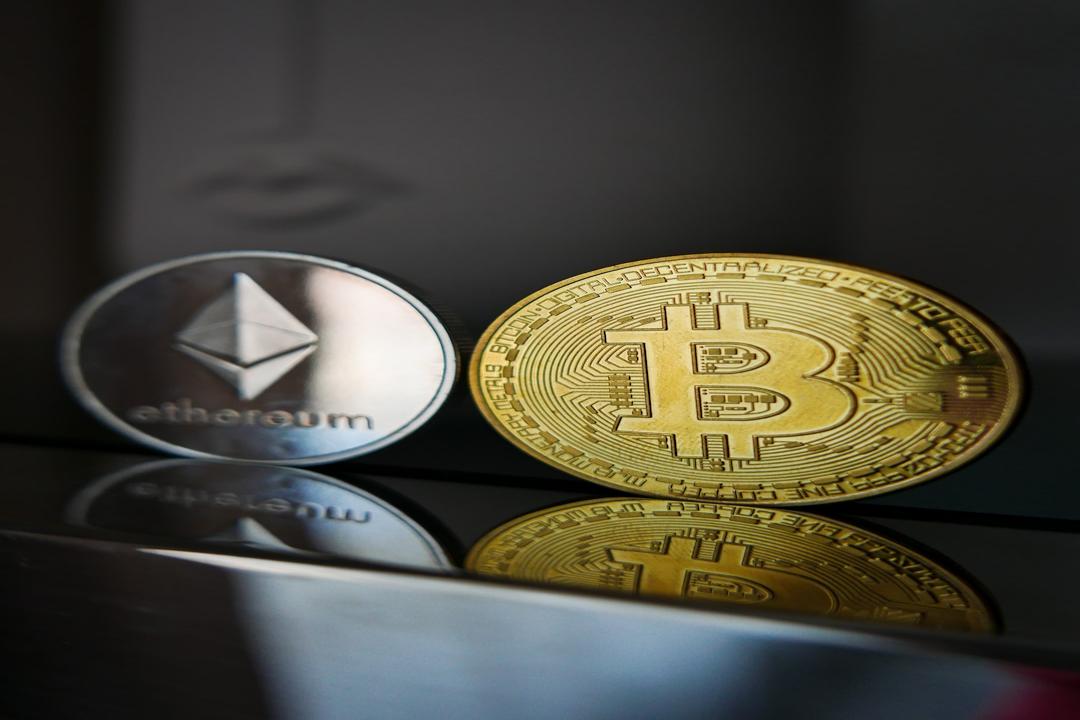Gold Prices Surpass $3100 Amid Trade War Concerns and U.S. Economic Stagnation
As concerns about the trade war and U.S. economic stagnation grow, gold prices have surpassed $3100, and while there remains a risk of a pullback in the future, demand remains strong.
(Previous Summary: Bitcoin vs. Gold: Which is the Better Investment Choice for 2025?)
(Background Supplement: Gold Breaks Historical High of $3070! Goldman Sachs Optimistic About a Further 10% Increase: Two Key Entry Points)
Gold Breaks $3100 Mark, Heightened Demand for Safe Haven Amid Tariff War Concerns
On Monday, gold prices broke the $3100 per ounce mark, setting a new historical high, and continued a bullish trend with a 0.5% increase. This year, gold prices have gained nearly 18%, having only surpassed $3000 just half a month ago. This recent surge in gold prices is closely related to the uncertainty of the global economic environment, particularly concerning trade war worries.

The rebound momentum of gold prices remains strong, with the first breakthrough past the $3100 threshold. The global trade war and concerns about U.S. stagnation have intensified demand for gold. U.S. President Trump plans to announce a series of new reciprocal tariffs against global trade partners on April 2, further exacerbating market risk aversion and prompting more capital to flow into the gold market.
Trump’s advisors are considering implementing new tariffs of up to 20% globally, which would affect nearly all U.S. trading partners. This move has raised market concerns and further increased the demand for gold. As fears of retaliatory tariffs escalate, market sentiment has entered a “sell everything” mode, which has further driven demand for gold as a safe haven asset.
Escalating Trade Friction and Stagnation Pressure Push Up Gold Prices
In a “sell everything” market sentiment, investors typically choose traditional safe-haven assets like gold to hedge against risks. The U.S. dollar and Treasury yields are also under pressure due to concerns about U.S. stagnation, which collectively drives up gold prices.
Despite the current upward trend in gold prices, from a technical perspective, there remains a risk of a pullback. According to technical indicators, the daily Relative Strength Index (RSI) has entered an extremely overbought territory, currently close to 76, indicating that gold’s rise may face short-term adjustment pressure. Traders may choose to take profits before Trump announces tariff policies on April 2.
Goldman Sachs and Bank of America Raise Gold Price Forecasts
Recently, major global investment banks have maintained an optimistic outlook on gold. Goldman Sachs has raised its price forecast for gold to $3300 per ounce, anticipating that gold prices will continue to climb. Bank of America predicts that gold prices will reach $3063 per ounce by 2025 and surpass $3350 per ounce in 2026, reflecting strong confidence in the gold market’s outlook.
In addition to trade friction, the strong demand for gold from central banks and the inflow of funds into exchange-traded funds (ETFs) are also significant factors contributing to the rise in gold prices. Analysts and investment banks believe these factors will continue to support the upward trend of gold, making it the preferred safe haven asset this year.



